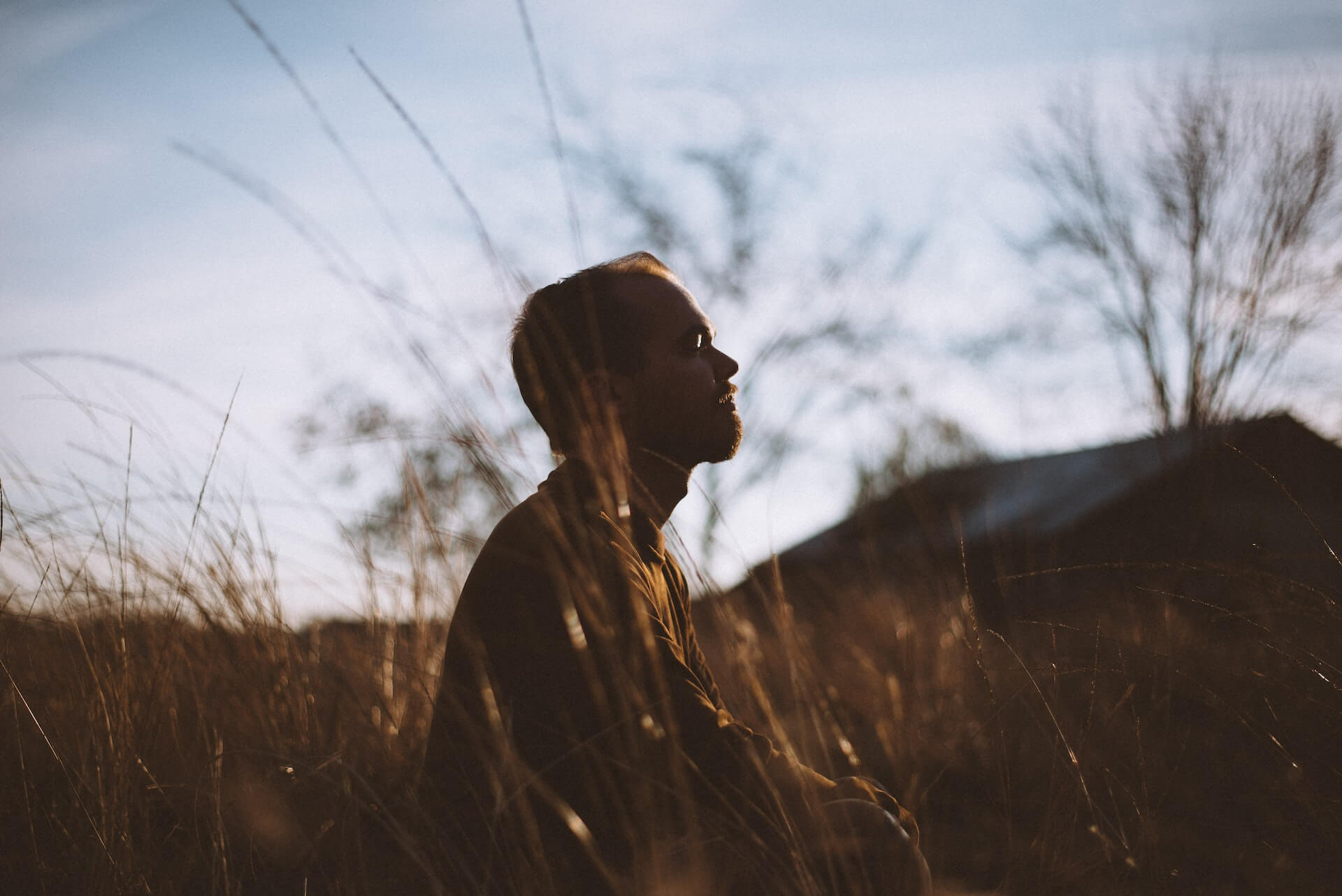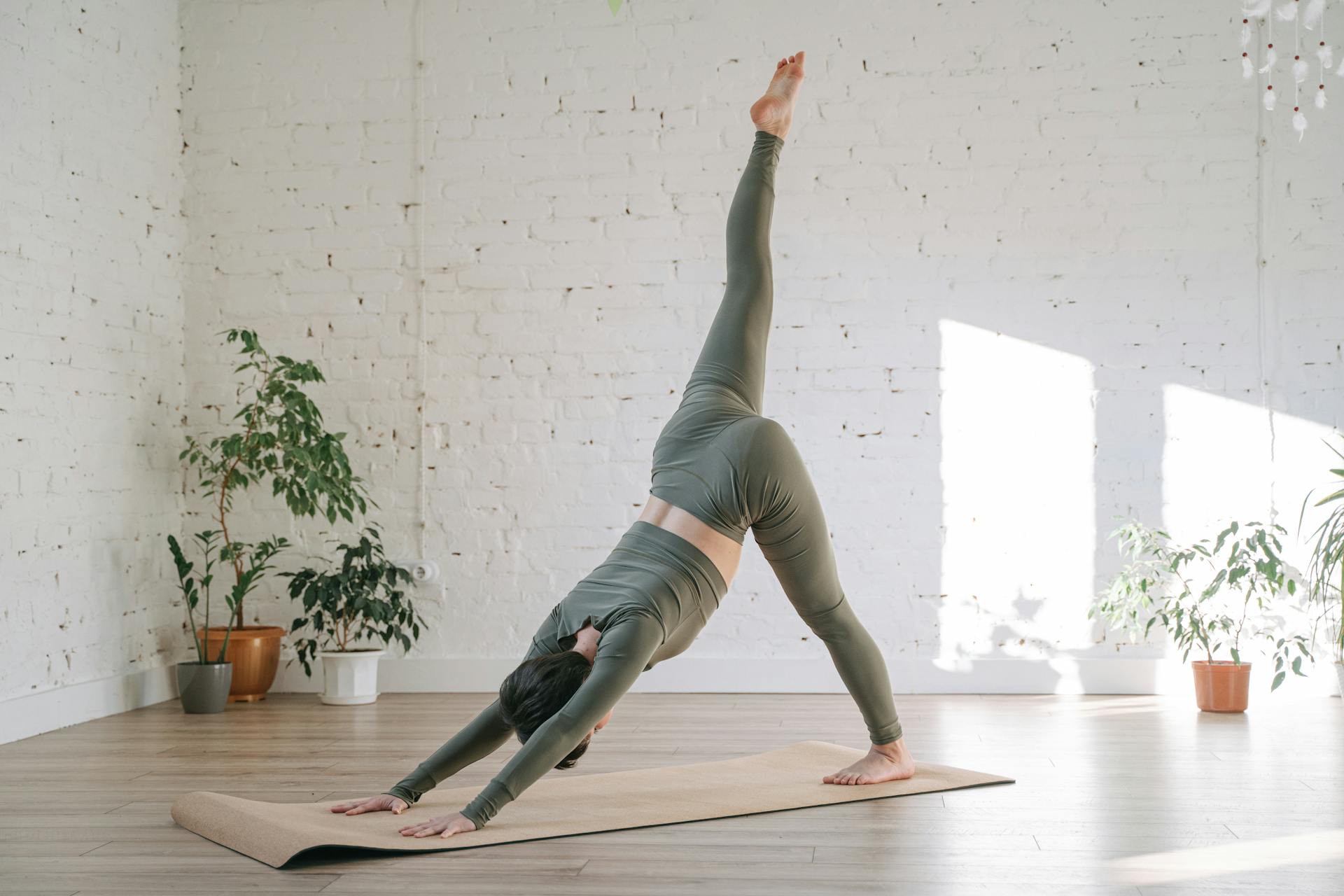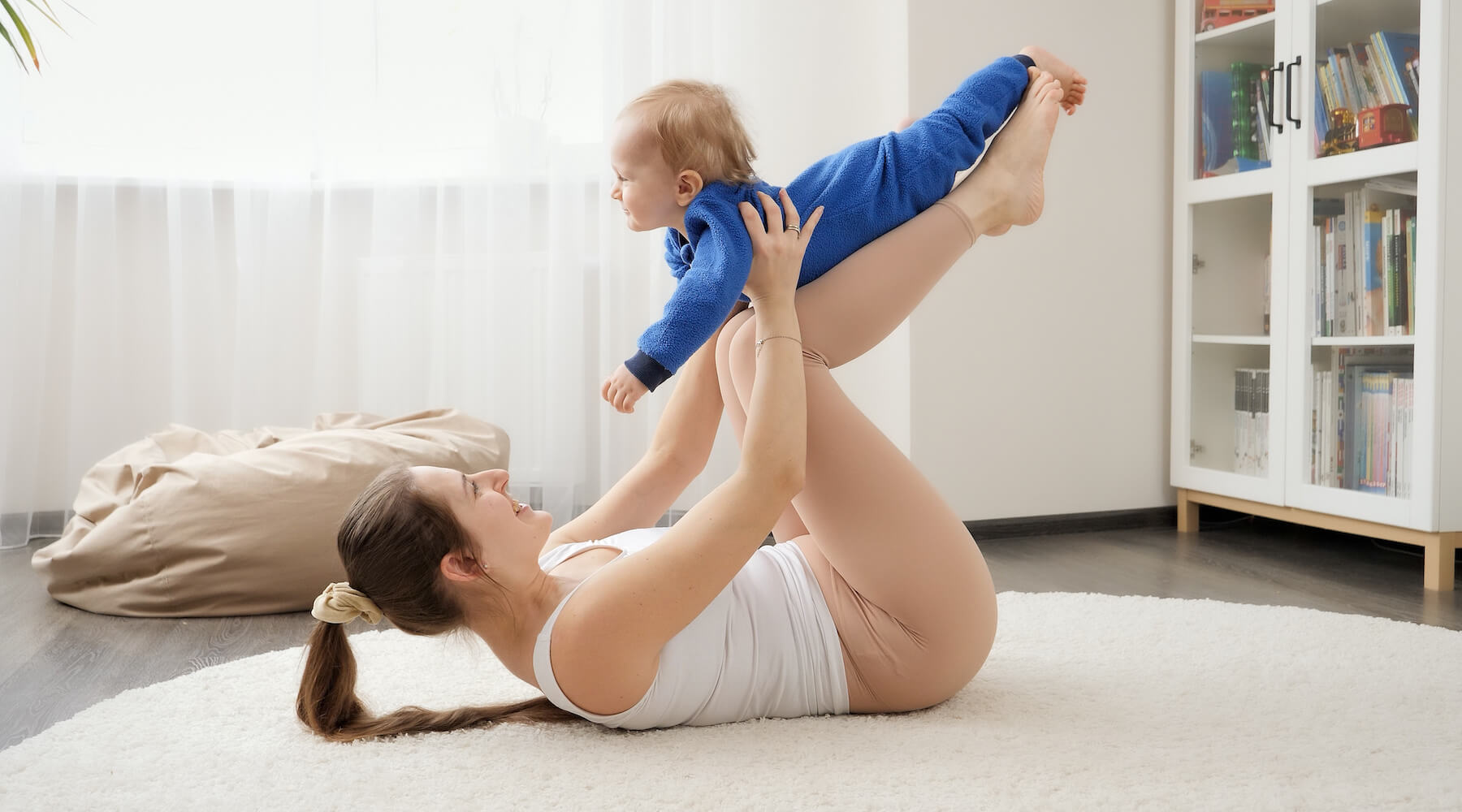The men and women who have served in our armed forces put their minds and bodies on the line daily. Even those that do not see direct combat deal with strenuous and mentally draining activities in high-stress environments.
These conditions increase veterans' propensity to suffer from trauma – and PTSD as a result – than the regular population. For many, packing up their uniforms and returning home brings them to another battle that many are ill-equipped to win without proper tools and support.
Thankfully, one such tool is yoga, a group of meditative practices that use stretches and exercises to promote physical and mental well-being. In this article, we’ll explore how yoga can help veterans manage and overcome their PTSD and provide some examples of stretches you or a loved one suffering from PTSD can try at the gym or at home.

What is Yoga?
Yoga itself is an ancient discipline that originated in ancient India. Aimed at bringing a sense of calm and control to mind, yoga has maintained relevance for thousands of years due to its tangible benefits across cultures. It has various schools of thought, each with its distinct characteristics.
The type of yoga we often refer to in the West is a modern interpretation of a specific form of Hatha yoga. It is a posture-based physical fitness practice that helps individuals bolster their physical health and provides stress relief and relaxation.
At its core, yoga is about using these practices to establish mental fortitude and reconnect with oneself. This can be highly beneficial for those dealing with PTSD, as the condition can make it difficult for individuals to handle anxiety, stay grounded in reality, and maintain social relationships because it is a complex condition with a mixture of emotional and physical symptoms.

Yoga's Healing Effect on PTSD
PTSD not only wreaks havoc on the lives of veterans but can make it difficult for those around them. While re-experiencing traumatic events and often ever present anxiety can make it a challenge for individuals dealing with PTSD to navigate their daily lives, yoga can provide a positive outlet that can bolster their mental fortitude and increase their ability to cope with symptoms.
Within yoga are schools of thought that focus specifically on trauma, such as PTSD, called trauma-informed yoga (TIY). TIY distinguishes itself because many yoga teachers are not trained to treat mental health conditions such as PTSD, and some yoga poses can be potentially triggering for people living with PTSD.
TIY teachers are better equipped to handle the unique needs of veterans with PTSD. They can create a safe and welcoming environment that is less about how well the poses are executed and more about grounding the individual in their own mind and body – which has been shown to mitigate PTSD symptoms – which helps those with PTSD enjoy enhanced levels of self-security.
With that said, yoga is generally agreed to be helpful for those with PTSD. Moreover, while most will benefit from a class environment with a teacher that is learned about trauma, yoga is also highly accessible. It can be tried at home before diving into a more serious commitment.
Here are some poses that are generally considered to be beneficial and safe for those with PTSD:
Warrior Pose

With feet spread apart, place one foot to face forward with the knee stacked over the ankle. Rotate the opposite foot slightly inward and anchor your weight evenly into both feet while drawing your stomach up and backward to the spine. Extend your arms away from one another and create a T-shape while focusing your eyes across the top of the front hand. Breathe slowly and calmly while slowly reaching your arms further away from one another on each exhale.
Planking

Bring your shoulders over your wrists on all fours, fingers wide, middle finger pointing forward. Firmly press your hands into the floor and bring your upper arms towards each other. Draw in and up the lower belly. Extend one leg back with your toes tucked, followed by the other, to form a high push-up position.
From head to heels, your body is in a straight line. Slide your shoulder blades down your spine, press them into your back, and force the gap between your shoulder blades towards the ceiling. Thigh muscles should be engaged, and the tailbone should be lengthened towards the heels.
Continue to push the floor away evenly with your palms as if forcing your heels against a wall. Bring the legs together without moving them. This improves core strength and stability. Look slightly forward toward the floor, your jaw relaxed. The breathing is regular and steady. You may hold this stance for as little as five breaths or as long as a few minutes.
Mountain Pose

Begin by standing tall and firmly pushing all four corners of your feet into the ground. Your feet should be parallel to one other and hip-distance apart. To stand firm and still, activate your thighs and engage your core, tucking your tailbone under your navel to straighten your back.
Maintain straight arms along the sides of your body, shoulders back and down away from your ears, and palms facing front. Stay here for at least three deep breaths. On each exhale, focus on elongating your body by bringing the top of your head up to the sky and pushing the soles of your feet deeper into the earth.
Child's Pose
Kneel and take a seat on your knees. Lean forward, buttocks on heels, and place your forehead on the floor. Place your arms close to your legs, palms facing up. Slowly and thoroughly inhale and exhale for at least eight breaths.
Try this version if you find it difficult to lay your forehead on the floor. Kneel and take a seat on your knees, slightly apart. Lean forward, fold your arms on the floor before you, and rest your forehead on your arms. Slowly and thoroughly inhale and exhale for at least eight breaths.
Extended Puppy Pose

Your body is in a straight line from head to heels. Slide your shoulder blades down your spine, pressing them into your back and pushing the space between your shoulder blades upwards towards the ceiling. Thigh muscles should be flexed, and the tailbone should be stretched towards the heels.
Use a yoga block for a more intense stretch. Push the floor (or block) down evenly with your palms as if you were pressing your heels against a wall. Bring the legs together but do not move them. This strengthens and stabilizes the core. Your jaw should be relaxed as you look forward toward the floor. The breathing is calm and regular. This position can be held for as little as five breaths or a few minutes.
Suppose you or a loved one find that these exercises help them maintain body awareness or relieve anxiety and stress. In that case, it may be worth considering participating in more organized yoga classes where you or they can benefit from a safe, supportive, and structured environment.
Either way, although PTSD is a mental illness that requires a multifaceted response, yoga’s healing effect on PTSD cannot be understated, and it will likely fit into most individuals’ treatment plans as it is an effective tool that can treat PTSD on a multitude of levels.



